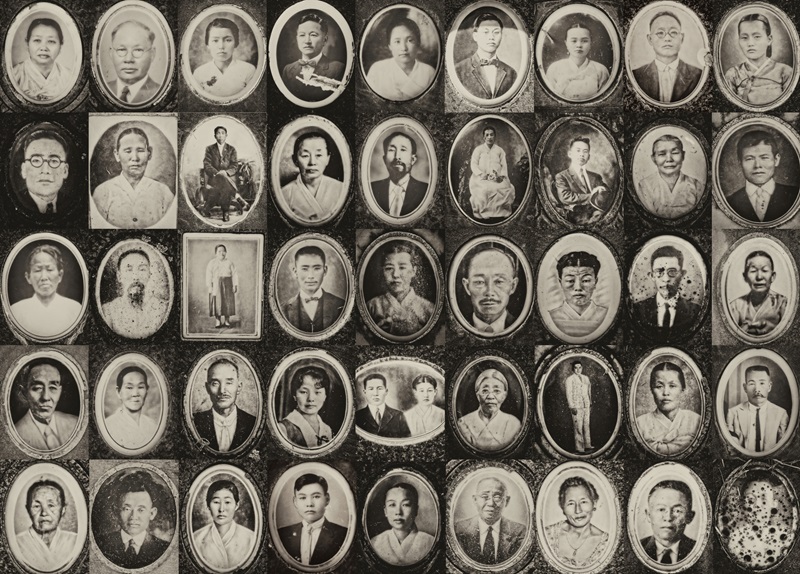
By Yeol Jang
The author is a local news reporter for the Korea Daily.
I traveled to Hawaii last month to cover the graves of early Korean immigrants. My journey was inspired not only because last year marked the 120th anniversary of Korean immigration to the United States, but also because I was saddened to see the traces of history disappearing. The remnants of immigration history that I encountered were worn and faded over time. Tombstones of Korean ancestors lay broken, neglected, and hidden by weeds and bushes.
Today, the story of Korean immigration has transformed completely. A century later, the number of Korean immigrants has surpassed 2 million. Korean communities are ubiquitous, and many Koreans lead socially and economically stable lives. Korean products, food, and culture are widespread. Immigrant life has become much more prosperous than before. However, there seems to be a lack of awareness in recognizing and preserving our immigration history.
Before visiting Hawaii, I traveled to Portland, Oregon, to delve into the nearly forgotten history of Chinese immigrants. Most of the Chinese I met were third- or fourth-generation immigrants, who, while looking Asian, are completely Americanized in their thoughts and actions.
What struck me most was their strong connection to their roots and immigrant ancestry, despite having lost their Chinese language skills. Oregon is where Chinese immigrants first arrived, laying railroads, building roads, and shaping riverbanks. Their descendants firmly believe that Oregon would not be what it is today without their ancestors’ labor, expertise, dedication, and sacrifice. This is their pride in their immigrant history.
This is why the Chinese community successfully prevented their ancestral cemetery from being developed into a condominium complex. Like the Jewish community, they take great pride in their Chinese-American identity, despite Americanization, through systematic education about their roots. It all stems from a sense of history.

What about the Korean-American community? We have an immigration history to be proud of, dating back to the early 1900s. In Confucian culture, leaving one’s ancestral land was seen as eradicating one’s roots. The first Korean immigrants endured long, hard days of plantation labor in intense heat to plant those roots thousands of miles away.
Contrary to the belief that they were merely farm laborers from the lower classes, they were pioneers. Back then, a laborer’s monthly salary was about $16, yet they managed to raise $2,000 – equivalent to more than a month’s salary for 300 workers – to start a school and fund two-thirds of the independence movement’s finances until liberation.
These early Korean immigrants didn’t just seek a better life for themselves; they aimed to contribute to the development of American society. Later, their children served in the U.S. military and contributed in various ways.
A century of Korean immigration has passed. Regrettably, the next generation is losing touch with the Korean language.
Not only the language but also efforts to instill a sense of roots are diminishing. That’s why we have produced this series of articles in both English and Korean. We took great care to base the articles on various historical sources. If you are a parent of a second-generation Korean-American child, I encourage you to share our Asian History Project series with them.
I am confident that this series, which focuses on immigration history, the contributions of immigrants to American society, and Korean identity, will be a stepping stone in their search for their roots. Knowing your roots is what makes you proud to be Korean-American.



![Ex-South Korean President Accused of Trying to Trigger North Korean Attack Former President Yoon Suk Yeol leaves the Seoul Central District Court in southern Seoul after the pretrial detention hearing on July 9. [JOINT PRESS CORPS]](https://www.koreadailyus.com/wp-content/uploads/2025/07/0710-Yoon-100x70.jpg)
